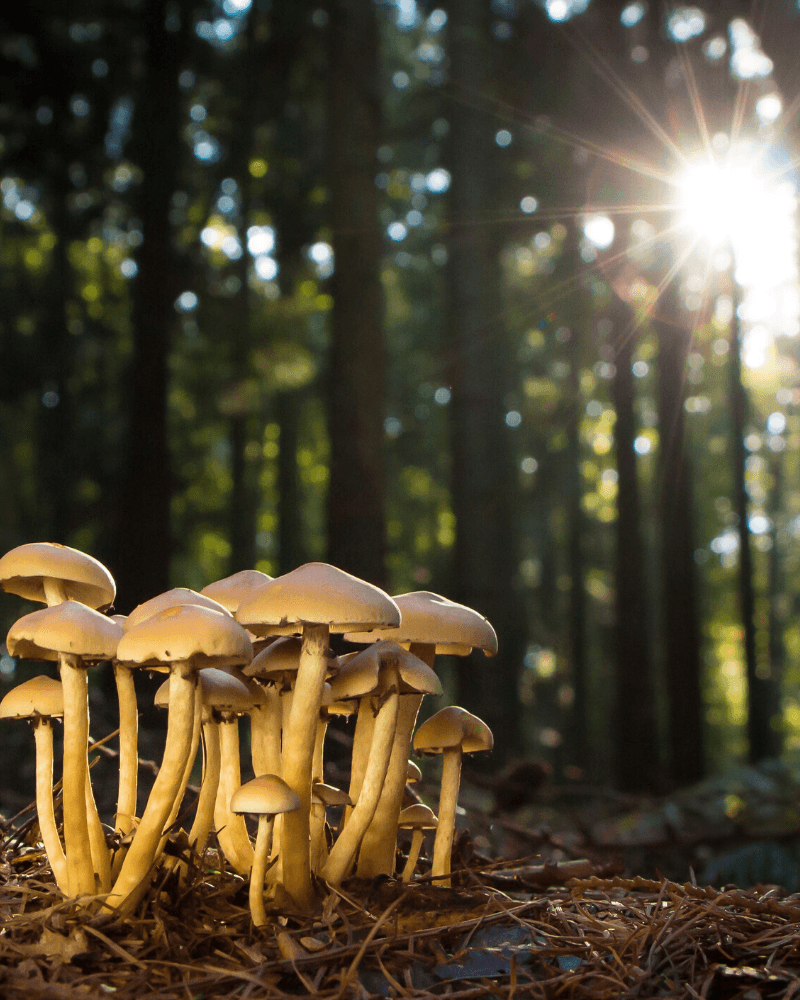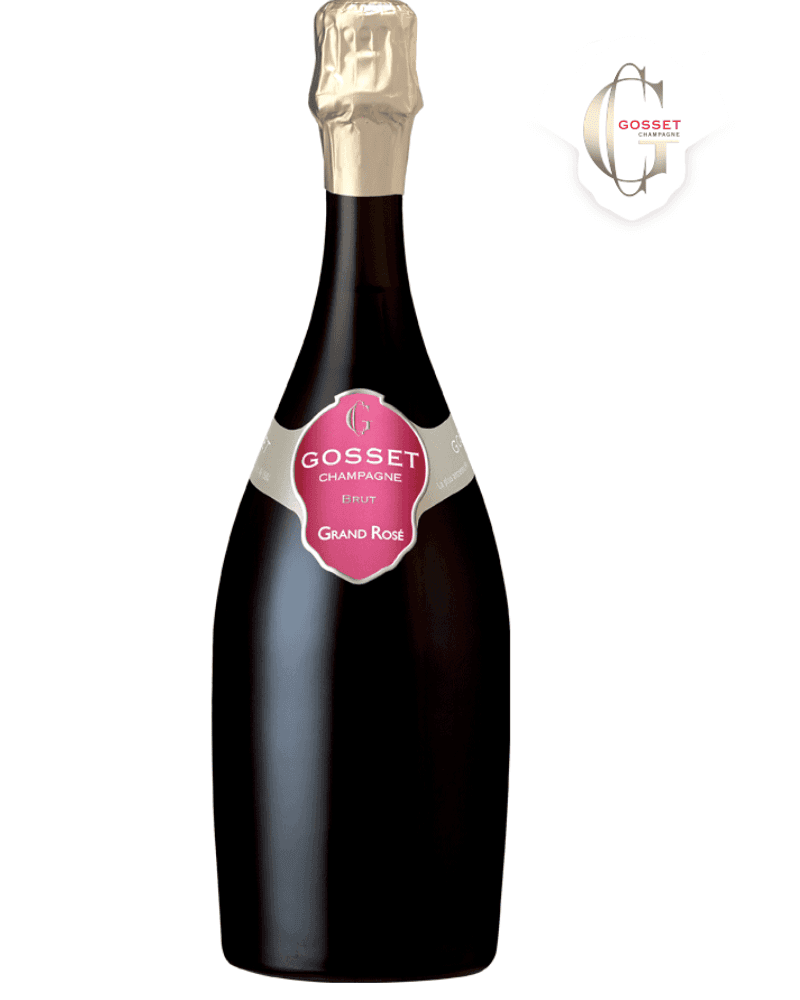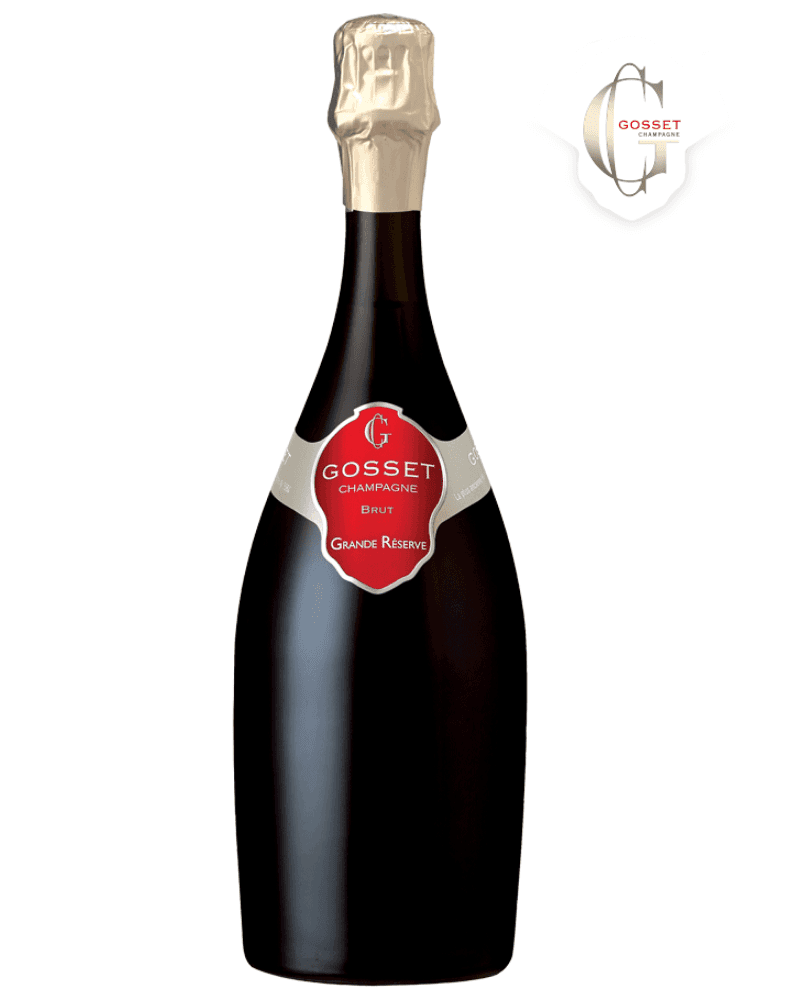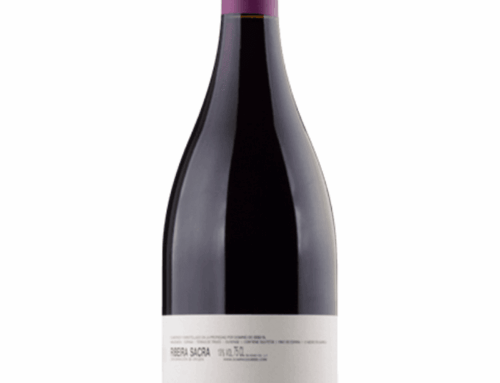Some mushrooms in my wine?

We should not forget the definition of wine :
“Wine is the fermented juice of the freshly gathered grape”
Let’s talk about micro-organisms!
The other day, while entertaining my favorite wine group on-line;-)), I was asked about microbiology in wine. Fair enough, I have to admit that I was a bit stuck, yes I struggle. So, I open some dusty books, that have not been consulted for quite a while, and, now, we can clarify a few things:
If there is one thing to remember is that the 2 main organisms involved in vinification is Saccharomyces Cerevisiae (yeast or fungi) and Leucosnostoc Oenos (bacteria).
We should not forget the definition of wine : “Wine is the fermented juice of the freshly gathered grape”
Alcoholic fermentation (Louis Pasteur):
Louis Pasteur was the first to demonstrate, in1876, that yeasts were responsible for transforming glucose (sugar) into ethanol (alcohol).
It is generally accepted that 17g of sugar per liter produces 1% vol of Alcohol.
Yeast (and most especially, the strain Saccharomyces cerevisiae) are in charge of transforming the sugar into alcohol, but the process also creates Co2 (Carbon dioxide) and heat.
It has been thought, for many years, that the fine waxy pellicle that recovers the berry, called bloom, carried most of the indigenous yeasts that the wines needed for fermentation. Well, the truth is less romantic, it is more probable that the wild yeasts are more numerous on the surface of the winery material.
Some wines such as Manzanilla, Fino or the now highly trendy Vin Jaune from the Jura, are all aged under flor (controlled oxidation). This Flor, that recovers the wine during is aging process in oak barrel, is produced by a different yeast strain called: S. Bayanus.
Of course, several strains (of yeast) are undesirable. Without a doubt, Brettanomyces is the most recognizable one. As it gives an unpleasant “mousy” smell to the wine, and covers much of the fruit complexity.
Malo-lactic Fermentation (or second fermentation, ML)
Sometimes called second fermentation, its main role is to reduce the acidity of the wine. Most red wines undergo ML, but not all white wines. Neutral varieties such as Chardonnay can gain in aroma and complexity, aromatic varieties such as Gewürztraminer or Muscat will be spoiled if ML was used with them (they will loose their precious varietal aromatic compounds).
– Fortified wines don’t undergo M.L.
– Sweet Wines don’t undergo M.L.
Some champagnes houses, such as Gosset or Salon, avoid ML on their sparkling wines.
Finally, I sincerely hope that this will help. We will soon drop a post on the most common faults, in wine, and what causes them: yeast, bacteria, chemicals, time, heat, natural cork… just another topic!









